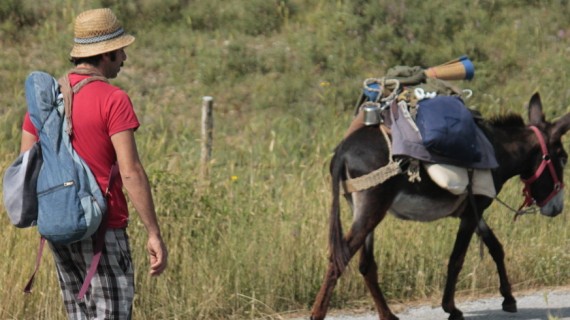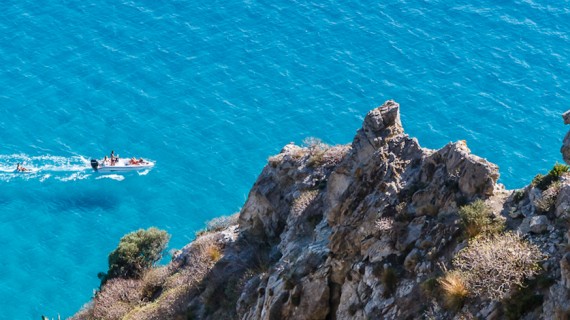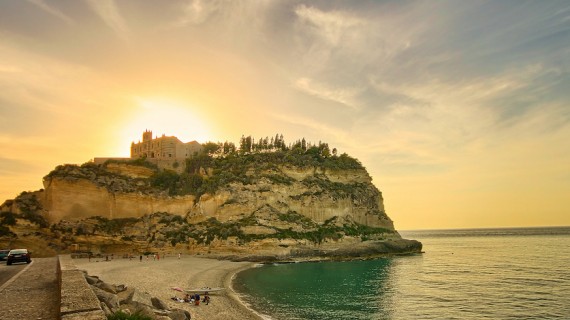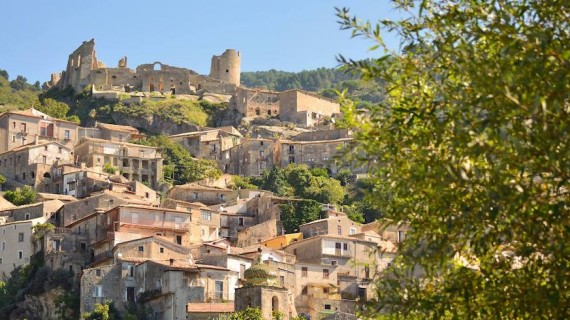The Sila National Park is a territory of rare beauty in the heart of Sila, a vast mountain area in central Calabria. The park was established in 1997, replacing the old Calabria National Park together with the Aspromonte National Park. Inside the park, there are several biodiversity systems for the protection of animal and plant species. One of these is the Apennine wolf, persecuted over the centuries and which only in 1970 was finally recognized as an animal to be protected.
A little history of the Sila National Park
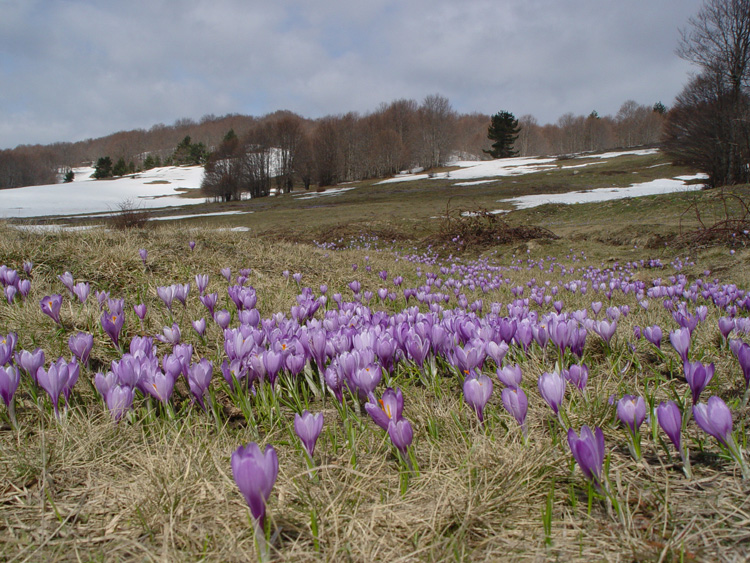
Originally, the Calabria National Park was founded in 1968 to protect the territories of Sila Grande, Sila Piccola and Aspromonte. This area has an indescribable number of natural reserves to be protected and for which, starting from the 1990s, it has been thought of separate management. Thus were born the Sila National Park, in the provinces of Crotone, Catanzaro and Cosenza and the Aspromonte National Park, in the province of Reggio Calabria.
What to see in the park in the Sila National Park
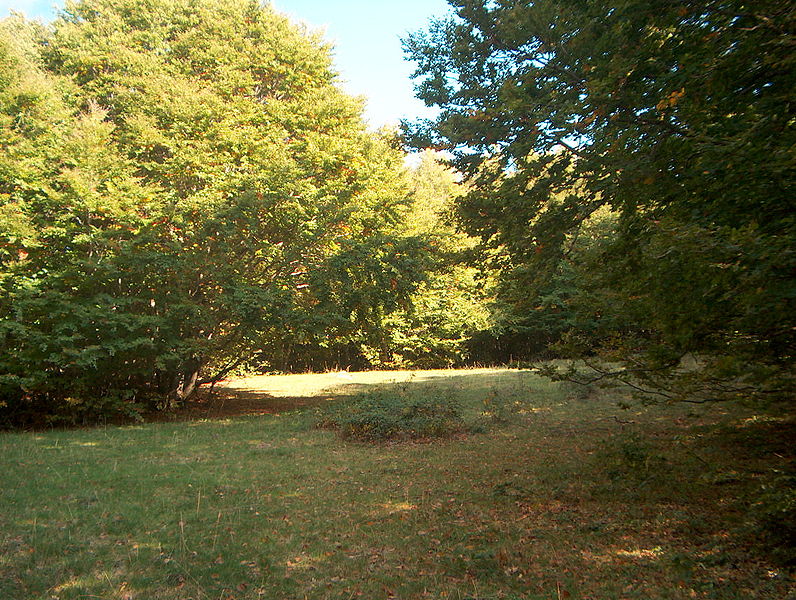
The Sila National Park covers almost 80 thousand hectares, in a mountain region with a large variety of habitats characterized by a flora and fauna peculiar to each natural environment.
It will, therefore, be possible to see beautiful beech woods and white fir forests at an altitude between 1,100 and 1,900 meters and unstable peat bogs, characterized by a very humid environment. Also, alluvial forests of black alder and ash are present along the rivers that abundantly bathe this territory.
Complete the picture of this enchanted pine forest landscape, meadows dedicated to grazing, cultivated fields and hills.
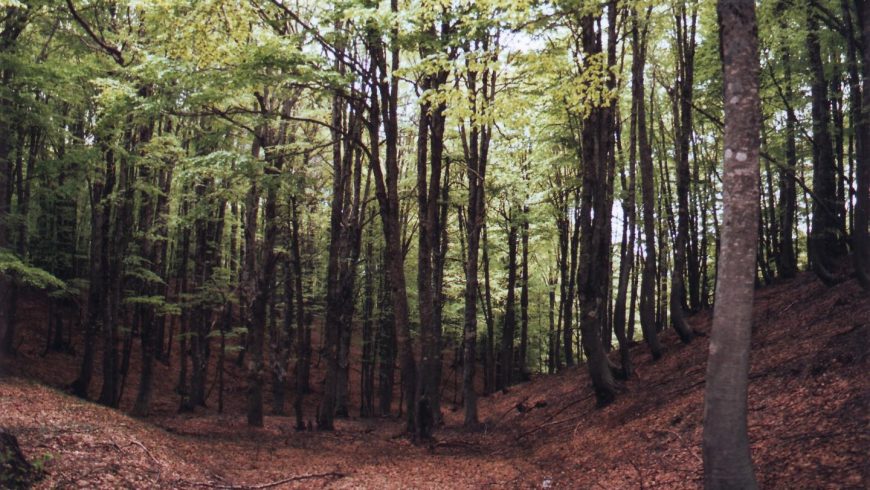
The animals you can meet in the Sila National Park
The Sila National Park has a very varied fauna, above all thanks to the reintroduction of some species to rebalance the food chain of the local animals. The reintroduction of deer and roe deer is important for the survival of the Apennine wolf recently reported in the park after the demographic decline of the 70s.
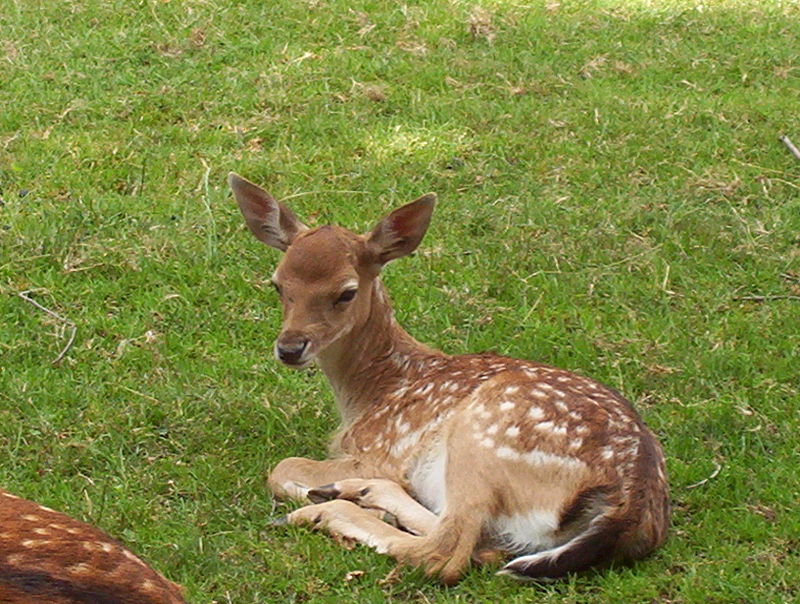
It is also possible to see the fallow deer, not originally present in the park, but introduced into the Golia-Corvo Nature Reserve and protected at the Cupone Visitor Center in an enclosed area in the reserve dedicated to it.
The small mammals that populate the Sila woods are very important for the biodiversity of the park. The badger, weasel, marten, skunk and otter are common, an important environmental indicator. Other small mammals in the area are the dormouse and the cute southern black squirrel.
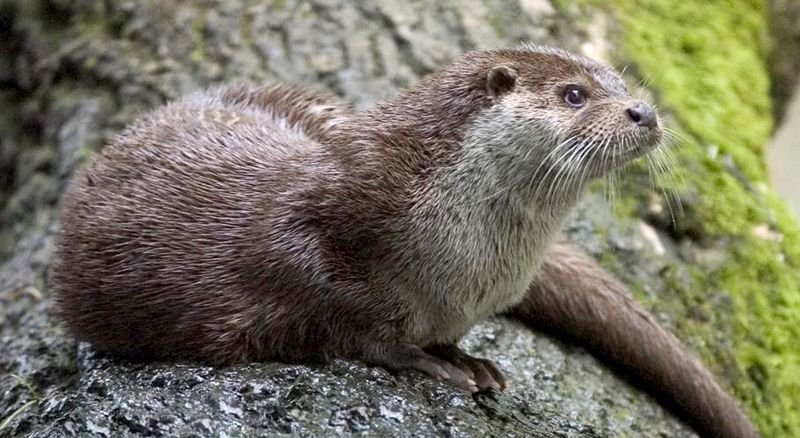
Within the national park, birdlife plays a very important role. This area of Calabria is a stopover destination on the migratory route that leads birds to migrate from north to south. It is also a nesting area for many bird species. The park authority has identified, through a targeted investigation, 113 species of birds on Sila, of which 57 are to be considered “to be preserved”.
Flora of the Sila National Park
The flora of the park is intimately linked to the morphology of the Sila territory and the mountain reliefs present.
- Author: Mboesch; Source: Wikipedia
- Author: DonGatley; Source: Wikipedia
A must-see is the Giants of Sila nature reserve, also known as the Fallistro nature reserve. It is a protected natural area located in the province of Cosenza, known for hosting the beautiful “Giganti della Sila” or “Giganti di Fallistro”, 58 centuries-old larch pines. These pine trees of indescribable dimensions, reach up to 45 meters in height and have a diameter that reaches even 2 meters. They are often compared to Californian redwoods for their imposing size.
Zero km food and organic specialities
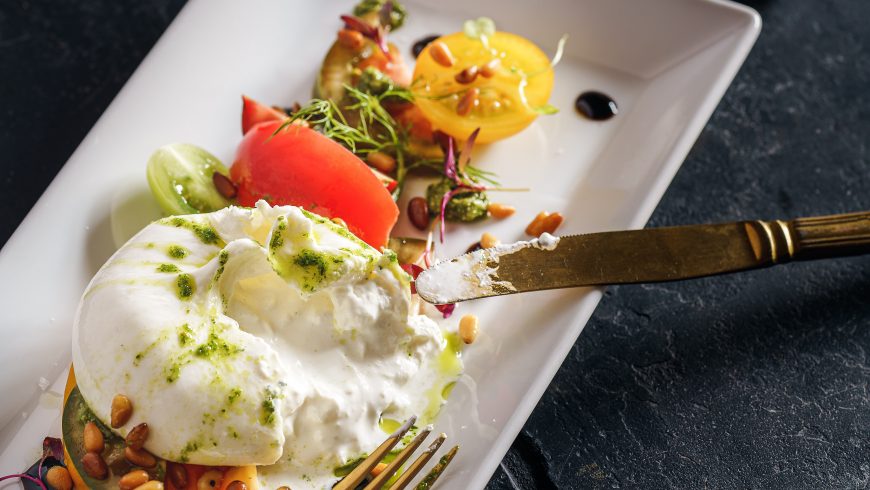
The Sila National Park is home to farms that occupy a prominent position in the Silane economy. The productions of these activities distinguish the traditional Sila gastronomy.
The cultivation of the silana potato is an example of the agro-pastoral activities typical of the area, and this variety has received the I.G.P. in 2010. The Sila area is also the richest mushroom area in Italy.
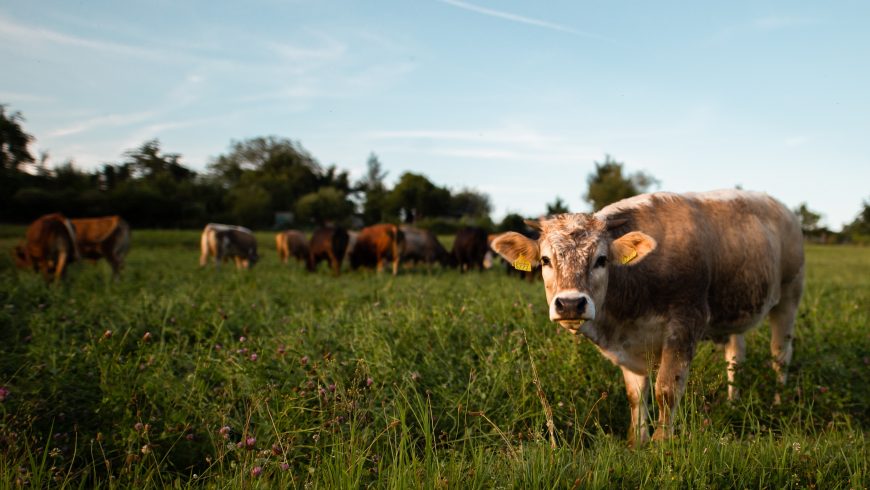
In this area of Italy, transhumance and pasture for cattle and sheep breeding are still customary. Typical of the area are Podolica breed cattle which are particularly suitable for the production of dairy products such as provola, burrino and Caciocavallo Silano. The production of cold cuts of Calabria black pig is also extensive and noteworthy.
- Author: Carmelo Speltino; Source: Wikimedia
- Author: fugzu; Source: Wikimedia
For flour products, chestnuts and walnuts are widely used. Traditional in the area are chestnut bread and pitta ‘mpigliata, a typical Christmas dessert.
The must-see landscapes in the Sila National Park
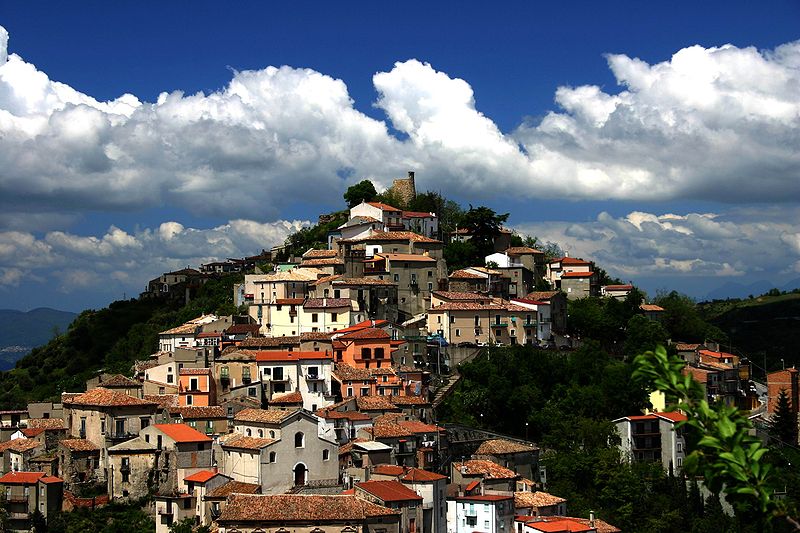
The Sila National Park is full of pearls to discover and places to visit. An example is the San Nicola-Silvana Mansio station, at 1400 meters above sea level, is considered the railway roof of Italy for its altitude. Reconverted for tourist use, a small restored steam train transits the line, taking travellers to discover enchanting places. At San Nicola station you can also see a hand-operated turntable for turning the locomotive. A charming restaurant, created from two disused wagons, completes this scenario of the past. Absolutely to visit!
Where to sleep green near the Sila National Park
A small selection of places to sleep green for your holidays in the Sila National Park.
Casello Margherita
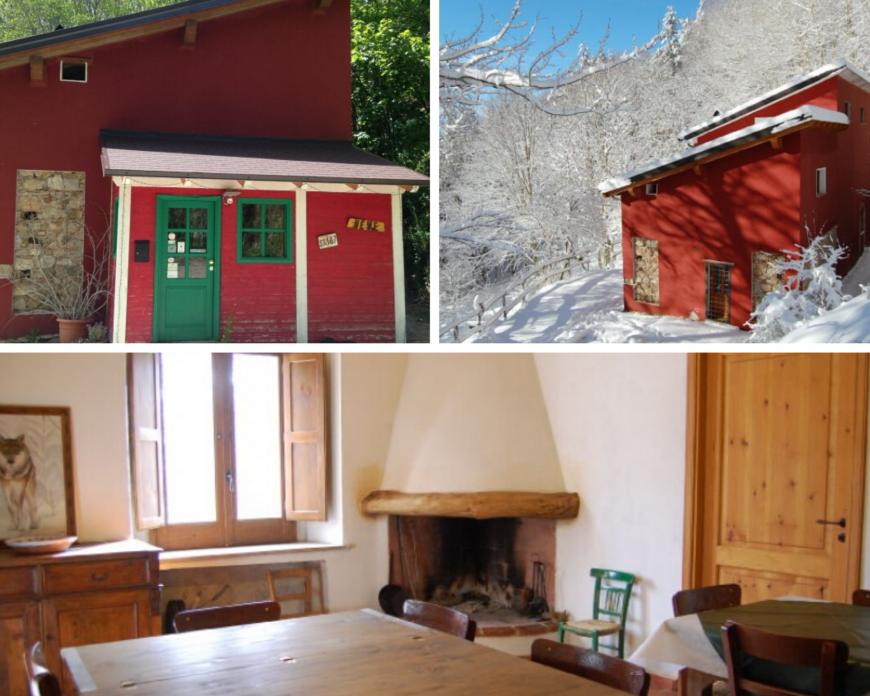
The Casello Margherita refuge is located at 1400 meters above sea level. nestled in the mountains of the Sila National Park, in the silence of the ancient woods.
If you are passionate about the mountains, this is the perfect refuge for you and your green holidays. Open all year round, it is perfect for mountain and hiking enthusiasts who love spending time in contact with the wildest nature.
In winter, the refuge turns white and remains immersed in the silent and snowy nature. It is possible to practice cross-country skiing and take long walks with snowshoes.
Coliving Calabria-home 4 creativity
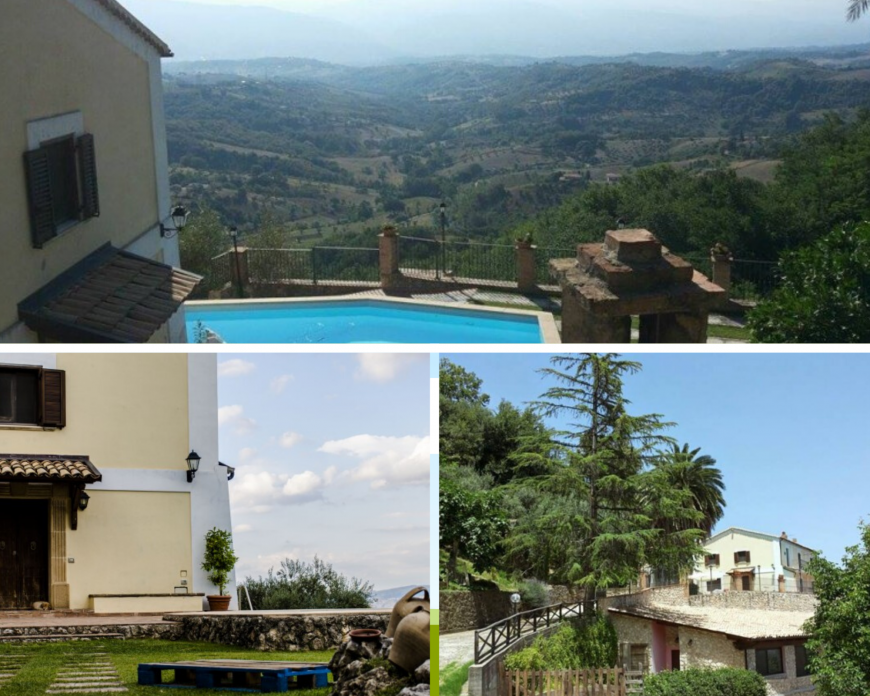
Coliving Calabria-home 4 creativity is a particular residence, dedicated to sharing. Spaces for co-working, a shared kitchen, a vegetable garden and an orchard make the experience at Coliving Calabria-home 4 truly special creativity.
The right place if you are looking for a place to recharge your energies surrounded by greenery and conceive new ideas of sharing.
A co-home in the Calabrian countryside perfect for regenerating in contact with nature.
B&B Al Tetto Rosso
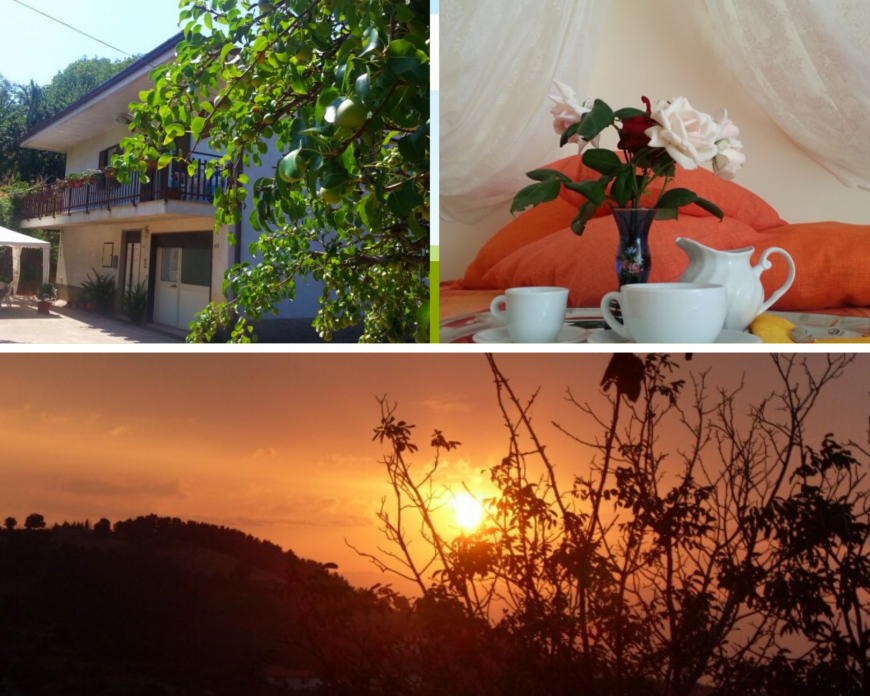
Between the mountains and the crystal clear sea, it is possible to stay in the B&B Al Tetto Rosso, a splendid jewel in the Acri countryside. A few kilometres from the Ionian Sea there is this small b&b where you can relax and recharge your energy. You can eat genuine food and products at km0 and you can visit the ancient laboratories of professions now little known as sericulture and honey extraction.
The best excursions in the Sila National Park
- Author: Franko24; Source: Wikipedia
- Author: Beppeveltri; Source: Wikipedia
Miles of trails with varying levels of difficulty dot the Sila National Park: simple and relaxing for walkers and more difficult for those who love to test themselves with hiking.
Walk on the forgotten tracks
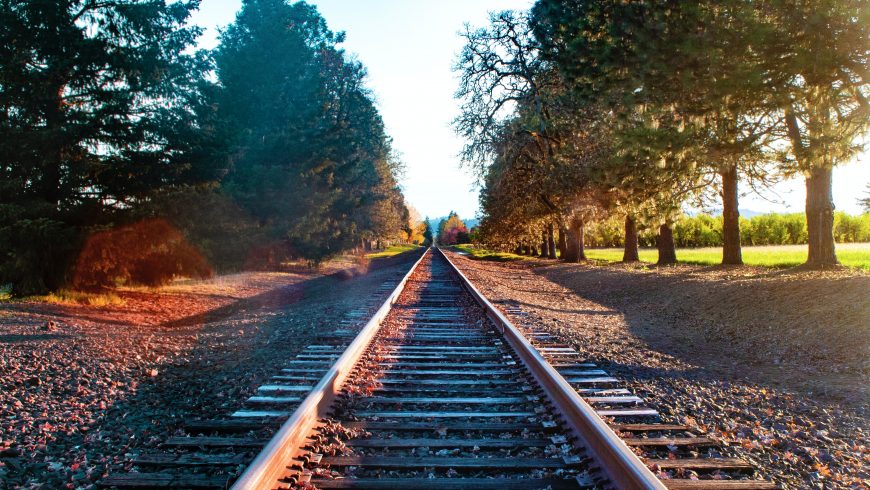
Following the tracks of the old railway line, an easy walk of about 3 hours from San Nicola to Righio and then with a dirt path to Lake Ariamacina. The perfect time to enjoy this spectacular walk in spring, between April and May, but also the summer months still make the landscape enchanting.
Walk on the paths of transhumance
For more experienced hikers this is the perfect walk for those who want to immerse themselves in the heart of the Sila National Park and admire the larch pines. Eight hours of trekking, recommended in May, starting from Ariamacina lake to discover the valleys and pastures of high altitude transhumance.
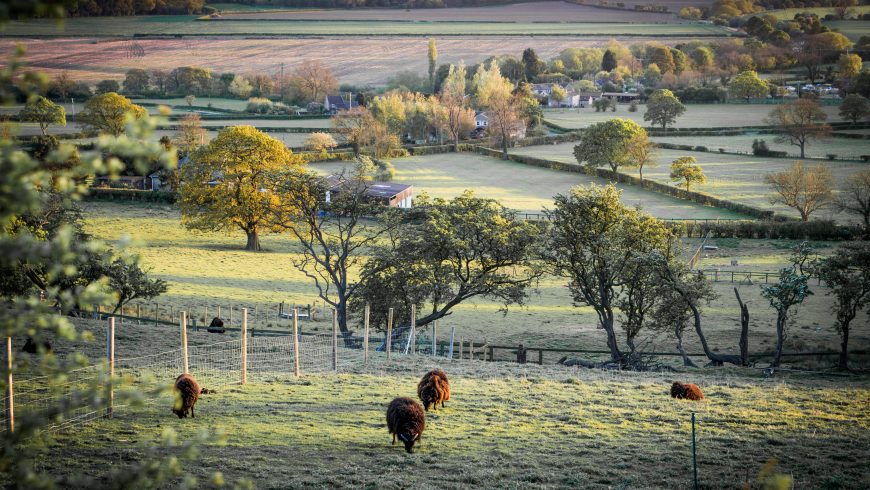
Curiosity and green tips
The woods of the park, with their wild vegetation and the shadows created by the leaves of the trees, there is a fairy atmosphere. Over the centuries these impenetrable woods have made beautiful legends flourish that are still handed down.
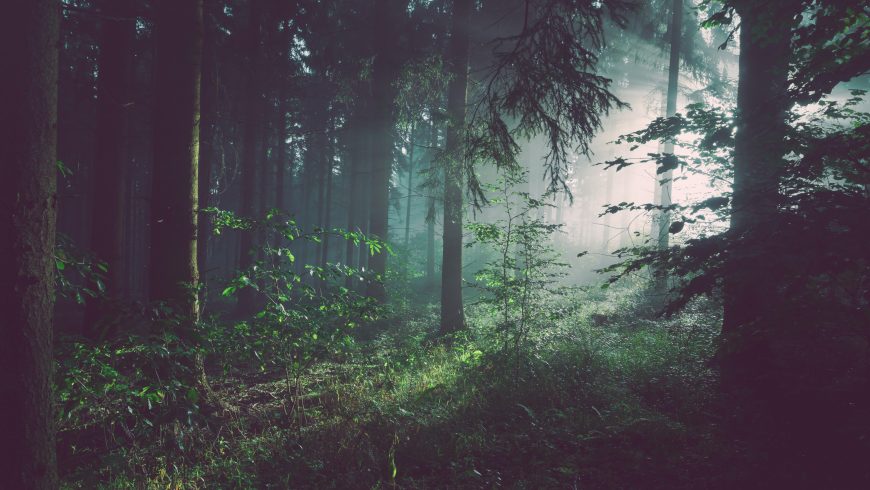
The legends of ancient places of worship are very interesting. One of these is the history of the altar stone in the Serra di Carlomagno. Experienced hikers will easily find the area and can discover a nice walk through the enchanted places of the park.
Cover image: Photo by Dagovinc via pixabay.com
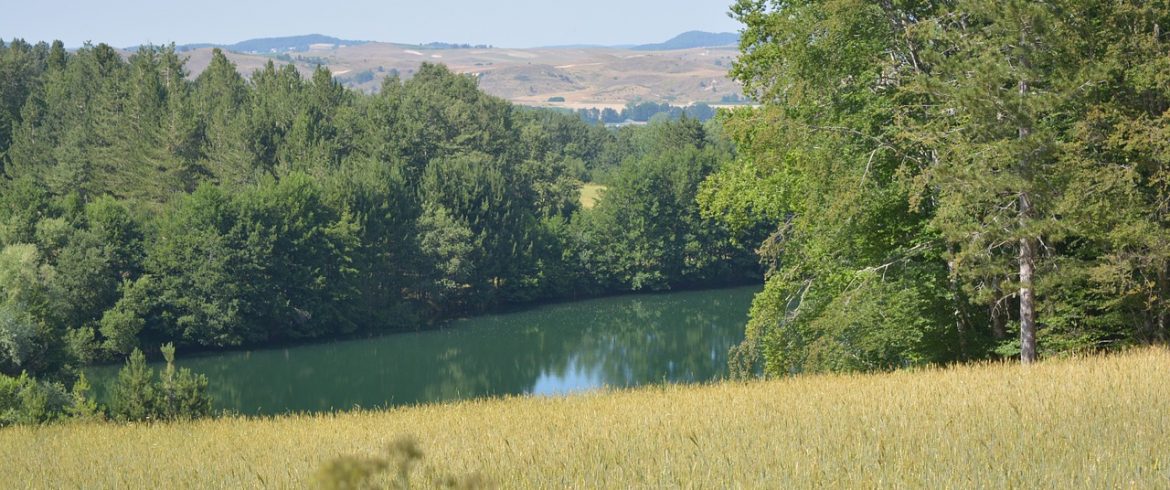
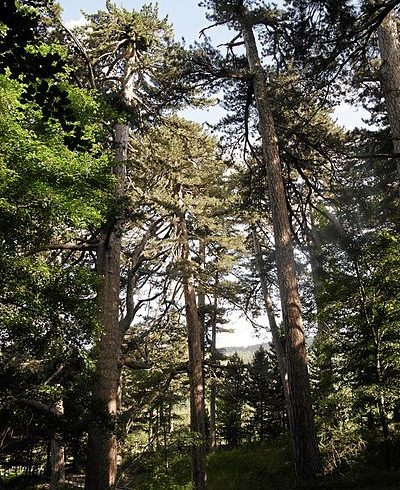
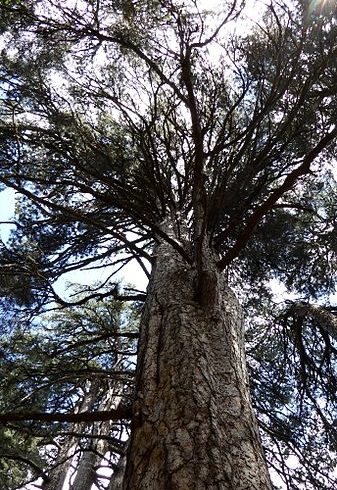
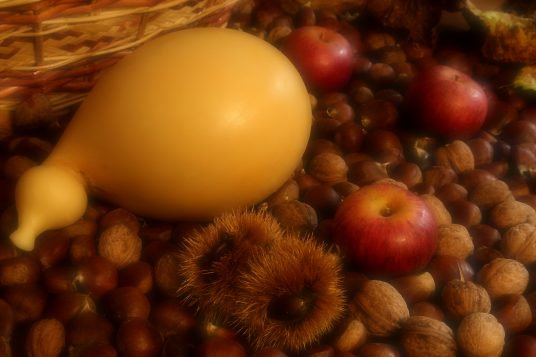
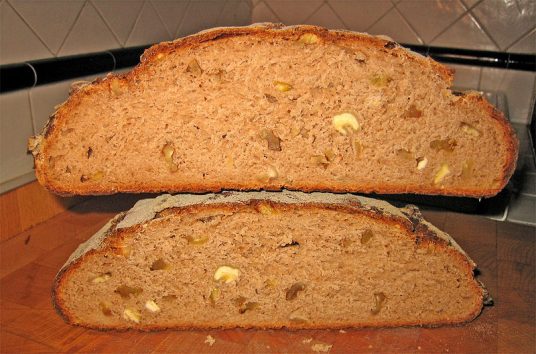
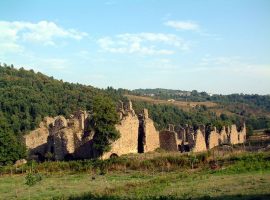
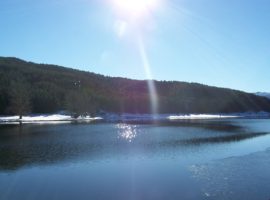
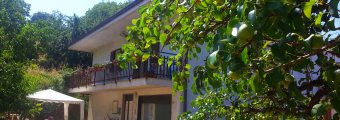 B&B Al tetto rosso – Green Bed & Breakfast in Acri, Cosenza, Calabria, IT
B&B Al tetto rosso – Green Bed & Breakfast in Acri, Cosenza, Calabria, IT 